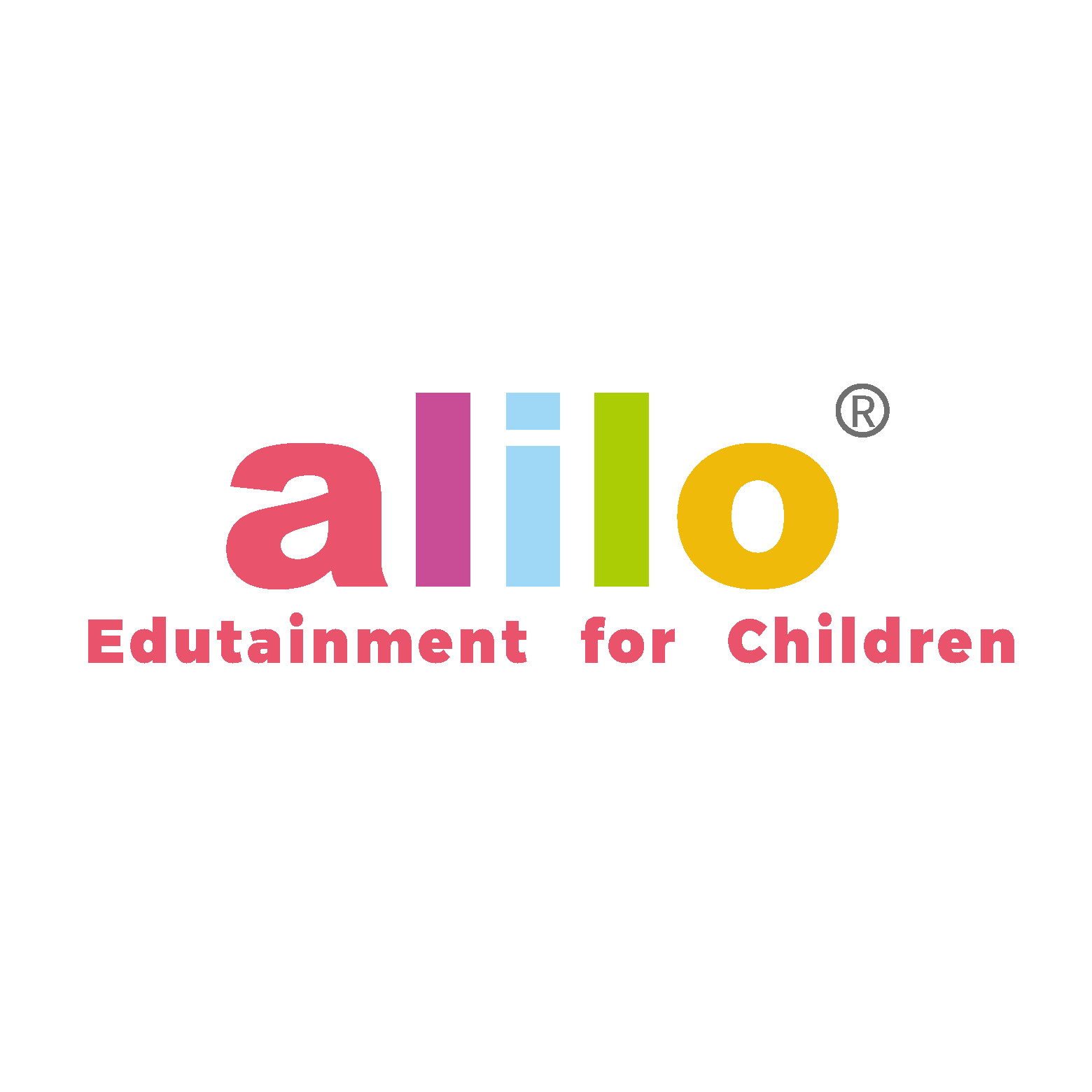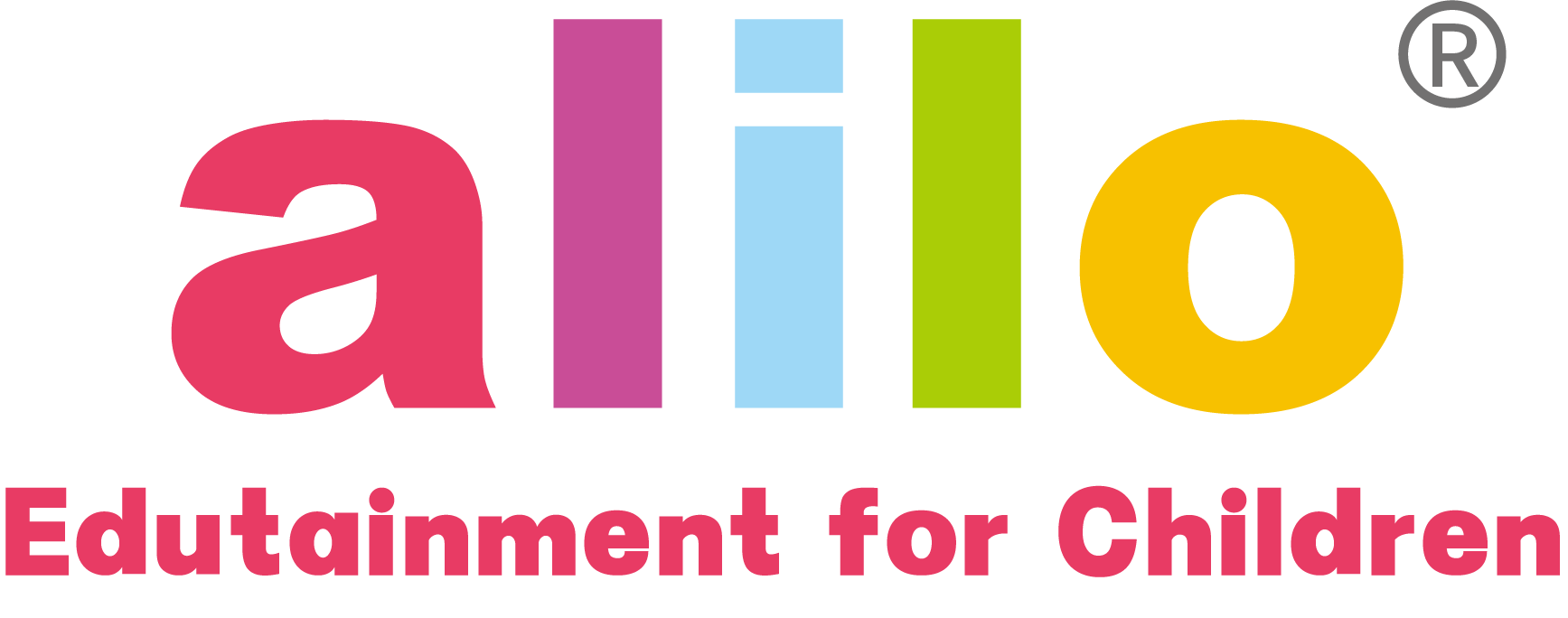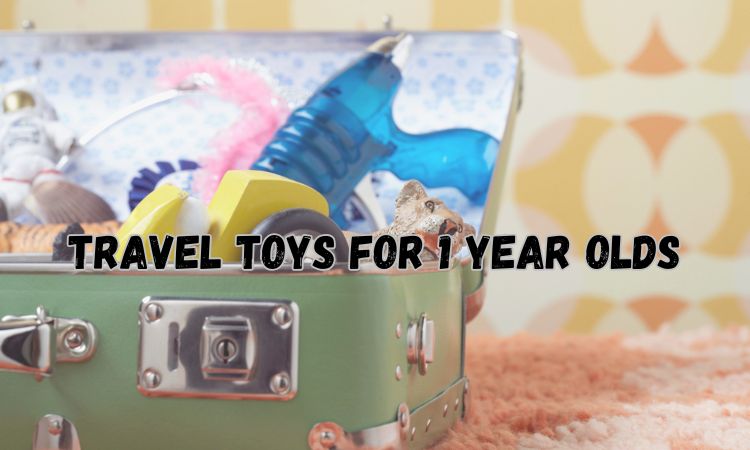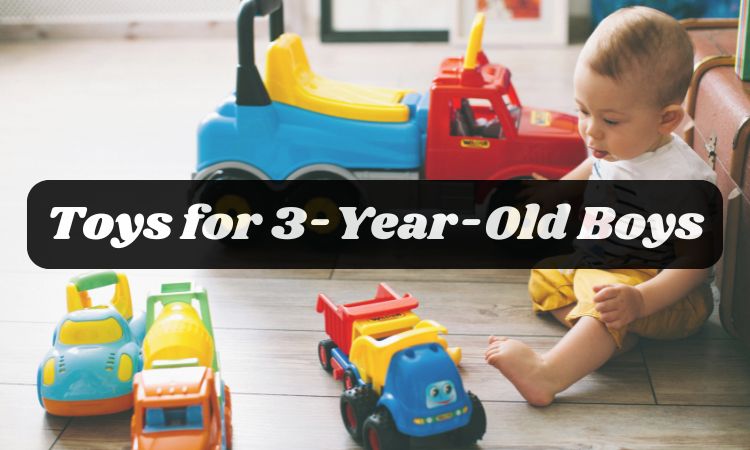Parents today want playtime to be both fun and meaningful, especially as they recognize how the right toys can support their child’s development. Among these, toys that stimulate the senses and encourage hands-on interaction are proving to be especially valuable. This growing awareness has led many to explore a specific category of toys: interactive toys.
So, what are interactive toys, and why are they becoming so popular among modern parents? In this guide, we’ll explore how interactive toys support your child’s learning, how to choose the right ones, and why they play such a crucial role in early development. Read on to learn more!

What Is an Interactive Toy?
Interactive toys are designed to encourage toddlers to engage, respond, and learn through hands-on play. Unlike traditional static toys, these toys use lights, sounds, and textures to create an experience that captures a child’s attention. This active engagement helps transform everyday moments into meaningful learning opportunities.
Each interaction offers more than just amusement. It builds critical skills. As children press, twist, or explore, they strengthen their fine motor abilities and improve coordination, laying the foundation for more advanced thinking and communication. Interactive toys also support shared learning experiences. Many are designed for group play, which fosters cooperation and emotional development.
Types of Interactive Toys
Interactive educational toys keep kids actively engaged while learning through play. Here are four popular types that offer both fun and developmental value.
1. Talking and Singing Toys
These are a hit with younger kids who love sound and repetition. Toys that talk, sing, or tell stories when pressed or spoken to can help boost early language development. They encourage kids to repeat words, follow along with songs, and start building connections between sounds and meaning. From storytime bunnies to interactive plush animals, they make learning to communicate feel like play.
2. Touch-and-Respond Toys
Toys that light up, make sounds, or vibrate when touched are great for keeping curious hands busy. Babies and toddlers especially love the instant feedback. They start to figure out cause and effect—press a button, something happens. These toys also help with fine motor skills and give little ones a fun way to explore through touch.
3. Smart Learning Tablets and Pens
For slightly older kids, interactive tablets and smart pens can make learning feel like a game. Whether they’re tapping on flashcards or exploring a talking book, children can learn letters, numbers, and even basic facts at their own pace. These tools are great for independent learning, and parents love them for the way they mix education with fun.
4. Role-Play and Pretend Play Sets
Pretend play gets even better with interactive features. A toy kitchen that makes sizzling sounds or a doctor kit that beeps like real equipment adds a fun layer of realism. These toys support emotional development, help kids understand the world around them, and encourage social interaction when played with friends or siblings.

Benefits of Interactive Toys
Interactive toys serve multiple developmental roles. They serve as tools for growth, helping children advance in language, logic, and physical coordination. Here’s how interactive toys benefit early childhood development across key areas:
1. Cognitive Development
Cognitive development is a core benefit of interactive toys. These toys often challenge children to think, make decisions, and solve problems. Whether it’s predicting outcomes or experimenting with cause-and-effect features, interactive toys encourage exploration and strategic thinking. The instant feedback they provide, such as sounds or movements, helps reinforce these lessons, making learning feel rewarding and fun.
2. Motor Skills
Another major benefit is developing fine and gross motor skills. Toys that involve actions like stacking, pulling, or sorting shapes strengthen hand-eye coordination and small-muscle control. At the same time, toys that encourage pushing, riding, or climbing support large muscle development and balance. These movements are essential in building physical confidence and preparing children for daily tasks such as writing and getting dressed.
3. Social and Emotional Growth
Interactive toys also nurture emotional and social skills. Through shared play, children learn how to cooperate, share, and take turns, all critical to relationship building. Toys that promote role-play or group participation help toddlers express emotions, understand empathy, and navigate social interactions. These moments of teamwork foster emotional resilience and support strong social connections.
How to Choose the Right Interactive Toys?
Choosing the right interactive toy becomes more than a matter of brand or price. It’s about matching the toy to your child's stage of development and interests. A well-chosen toy can offer both entertainment and educational value. Here are key tips for choosing these toys:
Age Appropriateness
Toys labeled with age guidelines are designed to align with specific developmental stages. Selecting the right level of complexity helps prevent frustration and keeps your child engaged. It also ensures that the toy will effectively challenge and support their cognitive and motor development.
Safety
Always inspect for potential hazards such as small parts, sharp edges, or toxic materials. Look for BPA-free labels and safety certifications to guarantee peace of mind while your child explores their favorite playthings.
Durability and Developmental Needs
Choose toys made from durable, non-toxic materials that are built to withstand regular use. Toys should also target key skill areas such as motor coordination, language development, and emotional growth.
Conclusion
So, what are interactive toys? They’re the ones that spark curiosity, respond to actions, and make everyday play more engaging and meaningful. From talking plushies to smart pens and sensory sets, the right interactive toy can help your child grow socially, emotionally, and intellectually. Choose wisely, and you’ll turn ordinary playtime into something truly enriching.
FAQs
When do babies interact with toys?
Babies typically start interacting with toys around 2 to 3 months old. At this stage, they begin reaching for soft rattles or crinkly fabric toys as their vision sharpens and motor skills develop. By 4 to 6 months, they can grasp and shake objects, responding to sounds, colors, and textures.
As they grow, interaction becomes more purposeful. Babies explore toys with their hands and mouths, learning cause and effect. Choosing age-appropriate, sensory-rich toys supports this early stage of discovery and development.
What is an example of an active toy?
An active toy encourages physical movement or hands-on engagement. A great example is a sensory activity table that lights up, plays music, or responds to touch. It keeps children engaged while helping develop fine motor skills, coordination, and an understanding of cause and effect through motion and play.
Are interactive toys good for toddlers?
Yes, interactive toys are especially beneficial for toddlers. They support hands-on learning, improve focus, and strengthen skills like language, coordination, and emotional understanding. Toys that talk, sing, or respond to touch keep toddlers engaged while encouraging curiosity, problem-solving, and early social interaction.







Share and get 5% off!
Simply share this product on one of the following social networks and you will unlock 15% off!